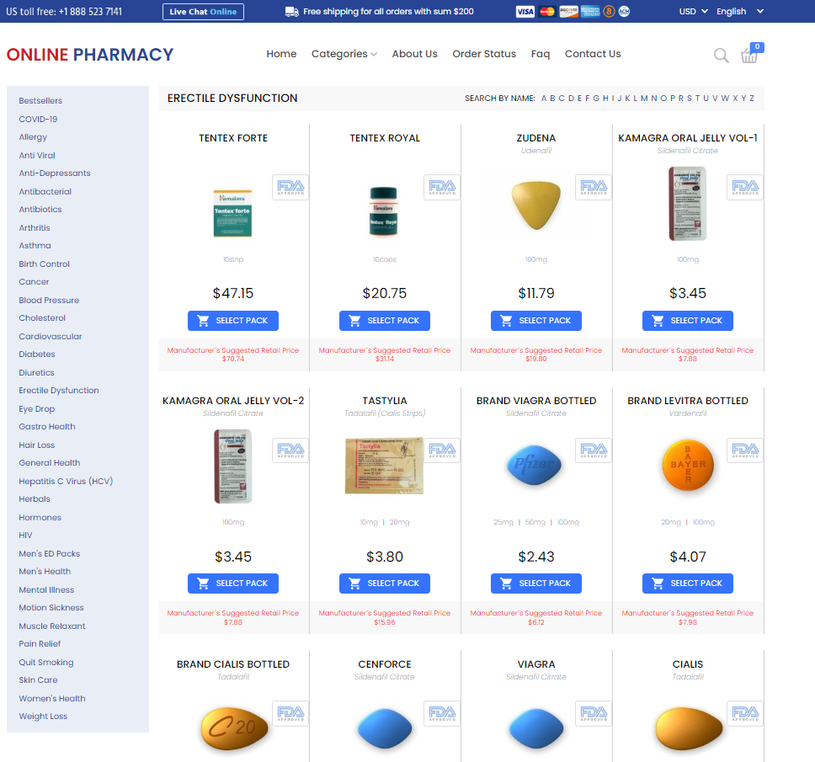To Buy Norvasc No Prescription Visit Our Pharmacy ↓

Most Common Side Effects You Might Experience
Norvasc, generically known as amlodipine, a key player in cardiovascular medicine, continues to secure its position in the therapeutic world due to its efficacy in managing hypertension and angina. As a calcium channel blocker, it helps relax and widen blood vessels, allowing blood to flow more easily. This not only facilitated its acceptance among healthcare providers but also ensured patient compliance, a critical factor in the management of chronic conditions. Children aged 6-17 years may start with 2.5 mg once daily, and the dosage may be increased based on efficacy and tolerability. This mechanism is pivotal in managing hypertension and angina, conditions prevalent among the elderly population. Addressing these challenges requires strategic research and development efforts, alongside robust clinical trials, to adapt and reaffirm its role in the evolving landscape of cardiovascular treatment. This ease of use is vital for older adults who may struggle with complex medication regimens.
Tips for Minimizing Norvasc Side Effects
Adjustments to dosing should be made based on how well the patient responds to the medication and any side effects experienced. The goal is to mitigate risks, such as side effects or interactions with other meds, ensuring that the comp of therapies aligns with the senior's overall health profile. Norvasc’s unique pharmacokinetic profile, characterized by its extended half-life and gradual onset of action, distinguished it from other contenders. Norvasc, a calcium channel blocker, primarily combats hypertension by relaxing the blood vessels. Common side effects include swelling of the feet or ankles, dizziness, and flushing. When discussing blood pressure medications, it's crucial to understand the different side effect profiles. While effective, it can cause side effects such as swelling in the ankles, dizziness, and flushing.
Recommended Dosage for Adults and Children
Researchers and clinicians collaboratively unpacked the complexities of cardiovascular diseases, seeking solutions that could offer higher efficacy and lower side effects. Don't hesitate to contact your healthcare provider if you notice unusual symptoms or believe the side effects are worsening. Studies suggest that while both medications effectively reduce blood pressure, Norvasc may offer quicker symptom relief. These reactions may indicate a serious issue that requires swift action to ensure your well-being. Mild swelling can be managed by elevating your feet when resting and incorporating light physical activities like walking to improve circulation. Through careful medication reconciliation and a thorough DUR (Drug Utilization Review), we can safeguard against the risks, ensuring that treatment not only aims at controlling blood pressure but also at maintaining overall well-being. Pharmacists play a pivotal role, conducting thorough Meds Checks to tailor the script to the individual's needs, thereby mitigating the risk of adverse reactions and maximizing the therapeutic benefits.
Understanding Norvasc: What It Is and How It Works
Initially developed for its efficacy in treating hypertension and angina, Norvasc rapidly captured the attention of the medical community for its unique pharmacological profile, including long-lasting action and effectiveness in a wide patient demographic. Another intriguing sphere of Norvasc research is its possible non-cardiac applications. One effective way to minimize Norvasc side effects is to take the medication at the same time each day, ideally with food to lessen any potential stomach discomfort. This entails a meticulous examination of the patient's overall health, concurrent medications, and potential side effects. Its wide therapeutic index and once-daily dosing convenience enhance compliance and minimize the psychological burden often associated with complex medication regimens. Today, Norvasc's role extends beyond merely being a medication; it is part of a broader holistic approach to patient care, emphasizing the importance of a balanced diet, regular exercise, and lifestyle modification in tandem with pharmacological intervention. This personalized approach could lead to a renewed interest in Norvasc, solidifying its relevance in modern therapeutic strategies against cardiovascular diseases.
Administering Norvasc: Tips for Optimal Results
Staying hydrated can often mitigate dizziness. For elderly patients, Norvasc can be an effective choice due to its once-daily dosing and minimal interaction with other medications. Through this personalized strategy, elderly patients receive an optimal regimen that safeguards their cardiovascular health while accommodating the nuances of aging. Patients with liver issues should be particularly cautious, as impaired liver function can alter how the drug is processed. When it comes to prescribing Norvasc, a careful titration process is imperative to ensure both safety and effectiveness. When examining Norvasc’s safety profile for our seasoned population, it's crucial to navigate the compendium of their existing scripts and potential cocktail of OTC remedies with precision. Yet, this isn't a script to be taken lightly.
Tailoring Norvasc Dosage: Key Considerations for the Elderly
On the other hand, Beta Blockers, commonly used to manage high blood pressure, function by reducing the heart rate and the output of blood from the heart. The exploration of these off-label uses, coupled with ongoing improvements in drug delivery systems, suggests that the future of Norvasc could extend well beyond its current indications. This push towards broader use is supported by Norvasc's vasodilatory effects, which could offer protective benefits to the heart and vascular system. Seniors, with their unique physiological changes, require a specialized approach to finding the right balance. As the years progressed, Norvasc's reputation was further solidified through extensive research and countless positive patient outcomes. The drug’s development was propelled by a growing understanding of calcium channel blockers' potential benefits in vascular health. Here is a quick breakdown of its primary applications:.
Understanding Norvasc: What Is It and Its Uses
This calcium channel blocker works by relaxing the blood vessels, allowing blood to flow more easily and the heart to pump more efficiently. Its adoption in treatment protocols worldwide reflects its reliability and the confidence healthcare professionals place in its safety profile and patient outcomes. If you miss a dose, take it as soon as you remember, unless it is nearly time for your next dose—do not double up. The medication's mechanism of action involves slowing the heart rate and easing the heart's workload, making it particularly effective for patients requiring long-term hypertension management. This meticulous approach ensures Norvasc can be a safe harbor in the tumultuous sea of managing hypertension for the elderly. However, treatment plans, including the use of generics or brand-name medications, must be carefully tailored. Furthermore, the rising scrutiny from healthcare systems and insurers over drug costs and efficacy necessitates continuous innovation and evidence to support Norvasc’s cost-effectiveness and therapeutic value.
Cost Analysis: Norvasc in Relation to Alternatives
Research into Norvasc's role within the pharmaceutical cocktail of the elderly has illuminated its significant part in maintaining cardiovascular health. Beyond its clinical applications, the drug has shown profound effects on patients' lives, offering them a chance at more stable health and improved quality of life. Staying well-hydrated can help prevent side effects such as dizziness or lightheadedness. This period marked the birth of a medication that was destined to become a cornerstone in cardiovascular therapy. Norvasc, a script often recommended for hypertension, can play a pivotal role in this preventative strategy. As the landscape of cardiovascular medicine evolves, Norvasc's position within it confronts both promising prospects and significant challenges. As researchers untangle the complex interactions at the cellular level, the hope is to unlock new therapeutic pathways and broaden the scope of conditions that Norvasc can effectively treat.
Emerging Trends: the Future Direction of Norvasc Research
Norvasc (amlodipine) works by relaxing the blood vessels, making it easier for the heart to pump blood. While these can be bothersome, they are typically mild to moderate in severity. Given the complex med recs often seen in this population, the ability to seamlessly integrate Norvasc, without exacerbating side effects or interactions, marks it as an essential component in the therapeutic arsenal against hypertension. Norvasc, also known by its generic name amlodipine, is a widely prescribed medication primarily used to treat high blood pressure (hypertension) and chest pain (angina). When considering Norvasc for hypertension management in seniors, it's crucial to closely monitor for side effects and understand potential drug interactions. This has been particularly beneficial for those who require long-term management of their blood pressure, allowing for more consistent control with fewer fluctuations, thus reducing the stress associated with managing a chronic condition. The journey of Norvasc from its laboratory origins to pharmacy shelves embodies a significant advancement in pharmaceutical and medical science.
Common Side Effects and How to Manage Them
When comparing the cost of Norvasc, a widely prescribed calcium channel blocker, to other blood pressure medications, distinct differences emerge. If you experience symptoms such as severe dizziness, fainting, a significant and rapid heartbeat, or swelling in the hands, feet, or ankles, seek immediate medical attention. In contrast, ACE inhibitors lower blood pressure by blocking the conversion of angiotensin I to angiotensin II, a substance that narrows blood vessels. Its adoption became widespread, transcending geographical boundaries to become one of the most prescribed medications in its class worldwide. If you start noticing common side effects like dizziness, swelling, or fatigue that severely impact your daily activities, it may be time to consult your healthcare provider. Norvasc, known generically as amlodipine, plays a vital role in managing high blood pressure and angina. For those using Norvasc, it is essential to follow specific precautions to ensure safety.













